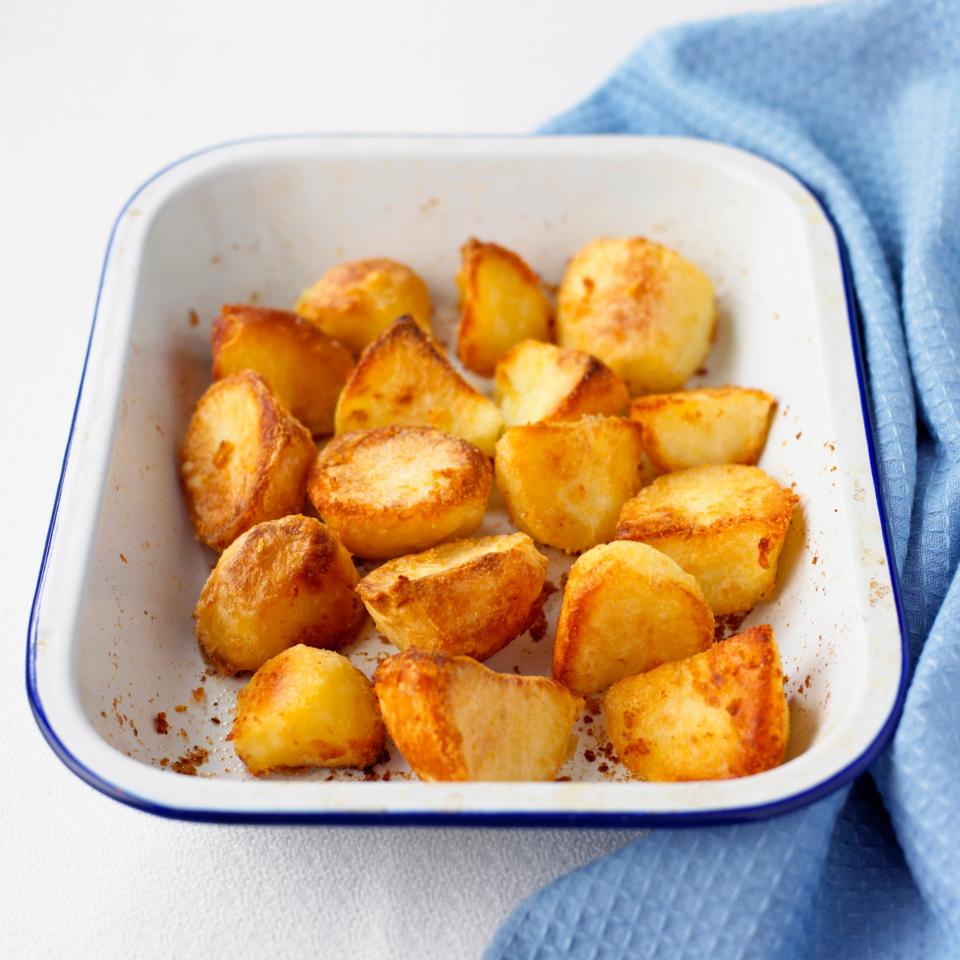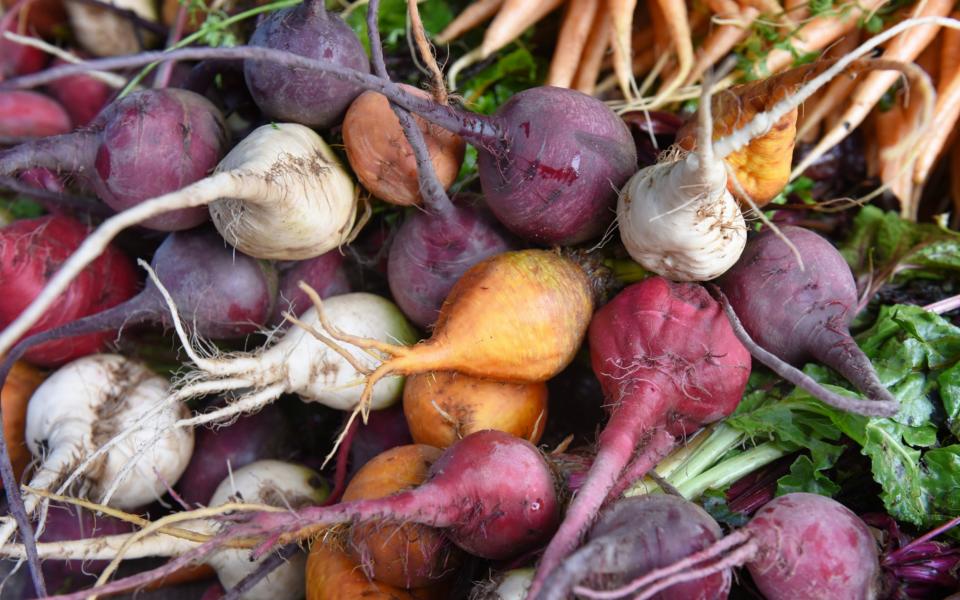How to grow veg in time for Christmas: start in July
The sun is high, the swifts are swooping and neighbours’ cars are packed with body boards and rock-pooling nets as they set off on their hols. So, of course, gardeners are turning their minds to Christmas. If we want to head off to the plot on a chilly Christmas Eve to lift the freshest of vegetables out of the cold ground – if we want to sit at the festive table and pronounce, oh so smugly, that this is all our own produce – then we must shun the sun, sand and surf and look instead to sowing and planting.
We may think of Christmas food as rich and luxurious, but the meal itself is a vegetable fiesta, with sprouts, parsnips and potatoes as the main players, and a whole backup troupe of potential others. It is the perfect place to show off and enjoy your hard work on the plot. The winter table can be almost as bountiful as the summer one with a little planning and work in mid-summer.

Perfect potatoes
Main crop potatoes for roasting should have been in a while ago, but if you are a “never too many potatoes done in various ways” sort of person, this is the time to plant cold-stored potatoes for new potatoes in December.
As the term suggests, cold-stored potatoes have been kept dormant in controlled conditions; they are usually first or second earlies such as ‘Charlotte’ and ‘Nicola’. Eaten small and waxy, boiled, and smothered in butter and mint, they are almost a different vegetable from your big floury main crops, crisped up in rosemary-scented goose fat. Order seed potatoes in good time, mid-July to early August. As the soil is already warm, the usual advice is to skip the chitting stage before planting out.
There are a few potential issues with growing potatoes so late in the year, though. The first is that they are very susceptible to slug damage, so it is a good idea to grow them in large containers or sacks rather than planting into the ground in rows as you would in spring.
Spuds for Christmas will also be starting life at the time of greatest threat from potato blight, which can cut down plants when they have barely begun. So, if possible, grow container spuds under cover, in an unheated greenhouse or polytunnel, which will keep the blight spores off. This will be a hot, dry business, and frequent deep watering will be necessary to keep them happy.
Finally, potatoes are in serious danger of frost damage as the year wears on. The tops will die down with the first frosts, and at this stage the growing cycle is complete, but you should leave the tubers in their pots, in the greenhouse, swathed in horticultural fleece to keep the frost out.
They are a high-maintenance crop, but will raise a very satisfied smile when you rummage around in your pots to pull them out on Christmas Eve. Find cold-stored tubers at marshalls-seeds.co.uk and suttons.co.uk.

Brassica bounty
Love or hate a brussels sprout, they will be on your Christmas table. Of all the seasonal veg this is the most iconic but, along with parsnips (which need to be started in April at the latest), it needs the longest time in the ground and you may be a little late to plant now. But if you can get hold of stray plants in garden centres it is worth putting them in, though you can’t be fussy about varieties at this stage.
If you have brussels plants in the ground already, keep them well watered during dry spells and consider supporting them with a sturdy cane and string if they start to lean. This month (July) Dobies send out plants of ‘Kalette Flower Sprout’, which produces deliberately blown sprouts, beautiful and tasty, but perhaps unsatisfactory for traditionalists. Plant firmly and cover with a cage of fine netting to keep off the cabbage white caterpillars and pigeons.
And brussels sprouts are not the only brassica. If you like to partake of a portion or two of spiced and braised red cabbage (I recommend Delia’s recipe) plug plants of red cabbage ‘Lodero’ are currently on sale for planting out in the brassica cage. And you may as well pop in some savoy cabbages, too, while you are there. All from dobies.co.uk, which has a mixed pack of kales that are ready to plant this month, too.
Root crops
This is your last chance to get beetroot into the ground, and almost your last moment for carrots and turnips too, a trio that makes a particularly glorious jewel-coloured dish on the Christmas table when roasted and honey-glazed.

You need to prepare a row and add compost to soften the ground if it has been dry, then sow the seed direct. All beetroot varieties are suitable for growing throughout the season, so choose your favourites. Deep purple ‘Bolivar’, yellow ‘Burpee’s Golden’, and candy striped ‘Barbabietola di Chioggia’ would make a pretty selection.
There are some turnip varieties for sowing at certain times of year, but flavoursome ‘Milan Purple Top’ can be sown at any time. With carrots, choose main crop varieties such as ‘Autumn King’ and ‘Chantenay’, and sow them thinly. From otterfarm.co.uk.

Pile your plate
There are a few other things you might want to sow now to fill your vegetable patch for winter sustenance. All the oriental brassicas can be sown direct now for peppery and colourful winter leaves, as can chard. From the end of August you can sow winter spinach varieties such as ‘Giant Winter’.
Track down leek plants and you can still dib them out now for a late winter harvest. Sow peas, French beans, runner beans and spring onions direct into the soil for autumn crops. Finally, relax and enjoy the summer, fly a kite, drink a beer or dabble in a rock pool, knowing that winter is well in hand.


